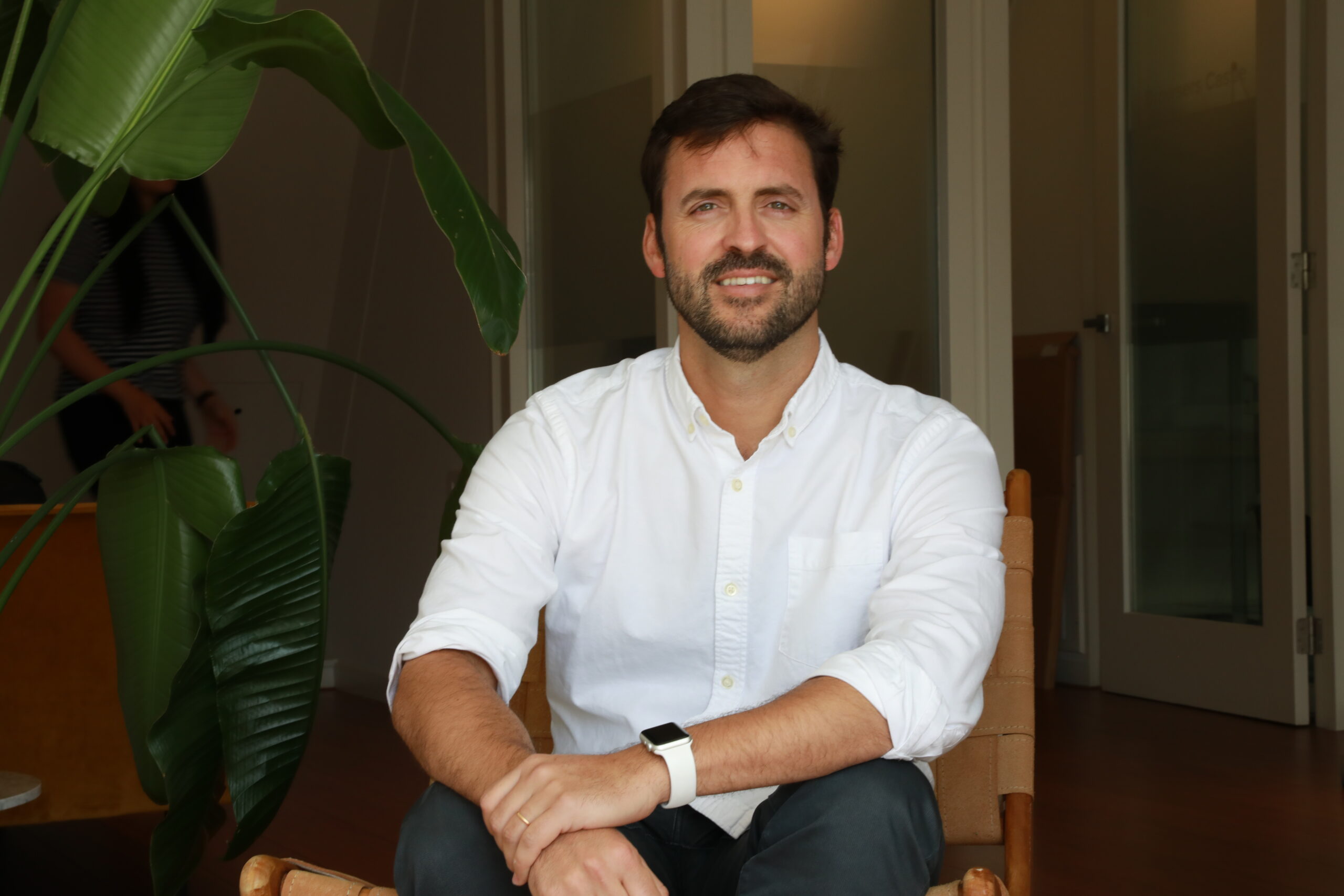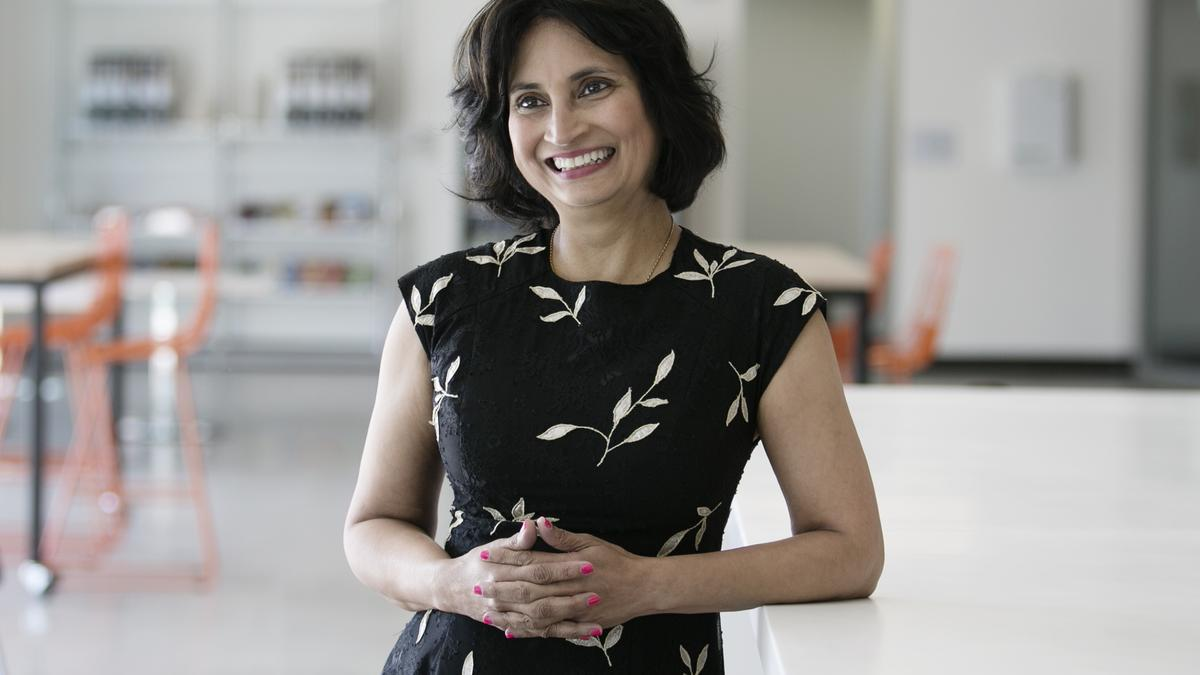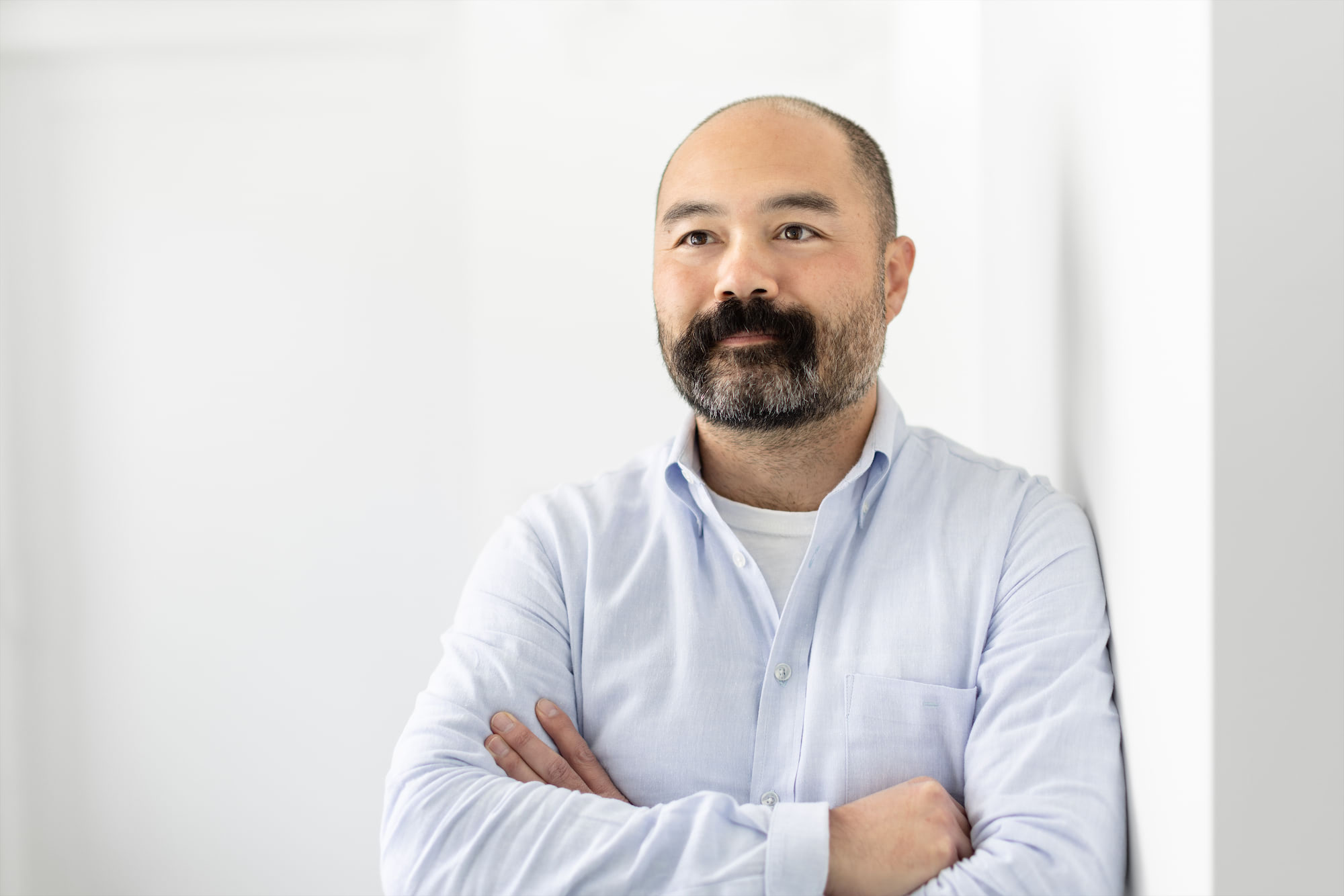Padmasree shares insights on the arc of her career from engineer, manager, CTO, and CEO to startup founder.
In one of our Female Founder Circles, we sat down with Padmasree Warrior, founder and CEO of Fable, the social reading platform for online book clubs. Previously, she served as CEO of NIO USA and CTO of Cisco and Motorola. Padmasree also serves on the Board of Directors for Spotify and Microsoft and was featured in Forbes’s Top 50 Women in Tech.
P.S. We’re launching our next batch of Female Founder Circles soon where we’ll have more amazing speakers like Padmasree share their inspiring stories — stay tuned for the applications here!
We were lucky enough to hear her incredible insights on effective leadership, being a woman in tech, and building a distributed company— here were a few key lessons:
Note: Answers have been edited for clarity and brevity.
On working in tech
1. Stay humble— there’s always more to learn.
I went to IIT, Indian Institute of Technology, in New Delhi. India has so many different languages that from one part of the country to another, people speak a completely different language with different script, different spoken word, different culture, different food. When I left home to go to IIT, I didn’t speak the language, and it was like going into another country.
IIT is a very competitive technical school. I recently spoke at their convocation, which was a surreal experience, but when I went to IIT at 16, like most teenagers, I was a know-it-all and maybe a bit arrogant. On the first day of school, I realized, oh my god, there are just so many smart people here. Humility was a gut punch lesson I learned immediately, which was ultimately a very important leadership lesson. In tech especially, we have to be super humble because no one knows everything and you need the capability to constantly learn new things.
2. Own who you are.
After I graduated from Cornell, I started working at Motorola Semiconductor. There weren’t many female engineers in the tech industry in general, but there were even fewer in hard tech and the semiconductor industry.
In the beginning, I tried to fit in and force myself to fit the mold, which was a big mistake in retrospect. There were all these stereotypes and expectations of what you were and weren’t supposed to do, all these unwritten rules of how we had to dress and how we had to look. It was like wearing somebody else’s skin to go to work every day. It was weird for me to wear black or white or gray and show up to work; I grew up in a culture where we put color in our hair and on our clothes and color was everything. My name was changed without people asking me. People could not say Padma or Padmasree, so it was made into Paddy, and I drew the line there.
After six months or so, I realized that I needed to speak up. The first thing I did was change my name back to my real name and insist that everybody learn how to pronounce Padma at least, if not Padmasree. I started to dress the way I wanted to and really started to speak up in meetings.
The first lesson I learned working in tech was to own who you are. This is the me that’s coming to work and being a part of this professional circle, and people have to accept you for you. Sometimes we think fitting in is the easy path of least resistance, but it’s not. If you’re not comfortable, you’re experiencing resistance, and therefore you cannot perform.
On changing roles
3. Great leaders trust their teams.
Being a great leader is different from being a great engineer. When I first became a manager, I would tell people everything they had to do. Instead of figuring out how to harness their creativity, I would be problem solving for them. I suddenly realized people weren’t coming to me with solutions because they assumed I would tell them what to do anyway, so why bother? I learned that in my first experience as a young manager in my 20s and that taught me how to lead larger and larger groups.
Even when I was CTO at Cisco, I would say, “as CTO, my job is not to know all the answers, but to ask the right questions.” If you ask the right questions, you rely on your team to get you the answers and that’s what makes you a great leader.
4. To thrive in a C-suite role, you need to find working with people energizing.
When you become a leader, it doesn’t matter whether your team is 10 people or 26,000 people, you have to really figure out how to bring people together. How do you bring people with different experiences to work together towards a common goal? How do you motivate them? How do you develop them? How do you make them feel like they’re contributing? To be in the C-suite of any size company, you have to enjoy that.
It’s not easy, and it’s not always fun. It can wear you down— people come to you with all kinds of problems, big or small, and it takes a lot of your time, but they’re talking to you because this is important to them. You have to put what’s important to other people on your agenda; as CTO at Cisco, the majority of my job was meeting with customers to understand their pain points.
The biggest transition is going from problem solving for technical problems to helping people solve problems, and people who enjoy the latter eventually flourish in C-suite roles. It’s not that one is better than the other; you can be an amazing individual contributor or engineering leader inventing new things. It really depends on what your personality is and what you like. I’m more the latter— I get a lot of energy if I see other people motivated, so that’s the reason I made that transition.
5. Don’t worry about the title of the role so much as the domain you want to contribute to.
I was CTO for twelve years of my career and at a massive scale at Cisco with a team of 26,000 engineers. If I stayed in large corporations, my next move would have been to be CEO for a large cap company, and I started to ask myself if that was really what I wanted to do as a product person at heart.
I was also investing on behalf of Cisco, and I would meet amazing founders and see their energy that they had for their companies. That was something I wanted to experience, so I left Cisco thinking I would start something on my own. Then I met the founder of NIO. When we met, he hardly spoke a word of English and we were communicating with each other through an interpreter, but we clicked.
I left Cisco to join his startup and people thought I was crazy. It was a big risk. I had never built a car before. It was a cross continent startup with half the team in China, half the team in San Jose. We didn’t know if it was gonna work or not, but I felt right about it. I wanted to do something about climate change, building an electric car sounded fun, and there’s so much AI and ML in the autonomous vehicle field. That’s really what drove me to go to NIO, not the CEO role. You have to choose the domain you want to contribute to and not worry so much about the title.
6. For every new role you take on, 70% of the role should be content you’ve mastered and 30% should be brand new.
When I left Cisco, I was looking for verticals where technology was always on the periphery, but not central to that industry. I felt like that was transportation and education, so I wanted to do something in one of those fields. The automotive industry is 125 years old and they’re very set in the ways that cars are built. It’s such old architecture that you literally have to rewrite how cars are built, and I got fascinated by being able to solve that problem.
My advice to anyone thinking of making a change from one domain to another, or even transitioning within engineering: 70% of the role should be content you’ve mastered and 30% should be brand new. When I went to NIO, I didn’t know how to build the mechanical part of the car, but the stuff inside the car was data-centered, cloud and security, things that I knew.
On productivity and wellness
7. Keep a to-do list to prioritize your time.
I’m very organized, and I still write things down in a notebook. Every day, I make a list of everything I want to get done on that day and I make sure I get at least 70% of that list done. We’re all busy getting pulled into many different things, so you have to prioritize where you spend your time.
8. Don’t get burnt out— build breaks into your schedule.
I take one day a week completely off of work. I call it my digital detox day, and I’m totally unplugged that day.
I go for walks. I paint. I spend time with my community. For some people, it may be running, it may be yoga, whatever it is that is analog for you.
When I was leading a team of 26,000 engineers, I announced that I was taking a digital detox day at an all hands meeting and I could literally hear a physical sigh of relief from 26,000 people. When the boss says it’s okay, everyone thinks, yeah, it’s okay to have a day off. I strongly advise you to do that and do whatever brings you energy.
Something else I started doing, especially during COVID, is building microbreaks into my agenda. I build 10 minute breaks in between Zoom calls, but I don’t use that 10 minutes to check my inbox. Take 10 minutes to get up and walk, go to the window and look outside. Anything that keeps you moving helps refresh your brain.
On building a distributed company
9. Hire motivated self-starters.
We purposely call ourselves a distributed company at Fable because when everyone is remote, no one feels remote. There are a few key elements to making it work. When we hire, we look for people that have a high work ethic, are very, very self motivated and take initiative. You have to trust them to get their work done, which means they have to be also somewhat independent. When you’re distributed, it’s hard to give employees constant positive feedback, so people should be comfortable working without continuous communication.
10. Create fun rituals to bring the team together.
We built very specific rituals in the company that can happen digitally. We do something called fika, the Swedish word for a coffee break.
When we first started doing fika on Zoom every Friday afternoon, people weren’t showing up, so we started asking each person to rotate being the host. The host picks a random topic that isn’t work-related. If you could have one amazing skill, what skill would you want? If you were to be a character in a fictional world, what character would you be? Each host asks a question and people come either to a Zoom call or send a message in a Slack channel.
11. Sync all together more frequently.
Company meetings probably happened monthly at my previous company because we had a physical office, so we didn’t need to have that constant communication. As a distributed company, we have to check in more often, so I now do company meetings every week at Fable.
–
Find Padmasree on Twitter and LinkedIn and download Fable on iOS or Android. If you’re a female founder, join Padma’s Fierce Females book club on Fable!


